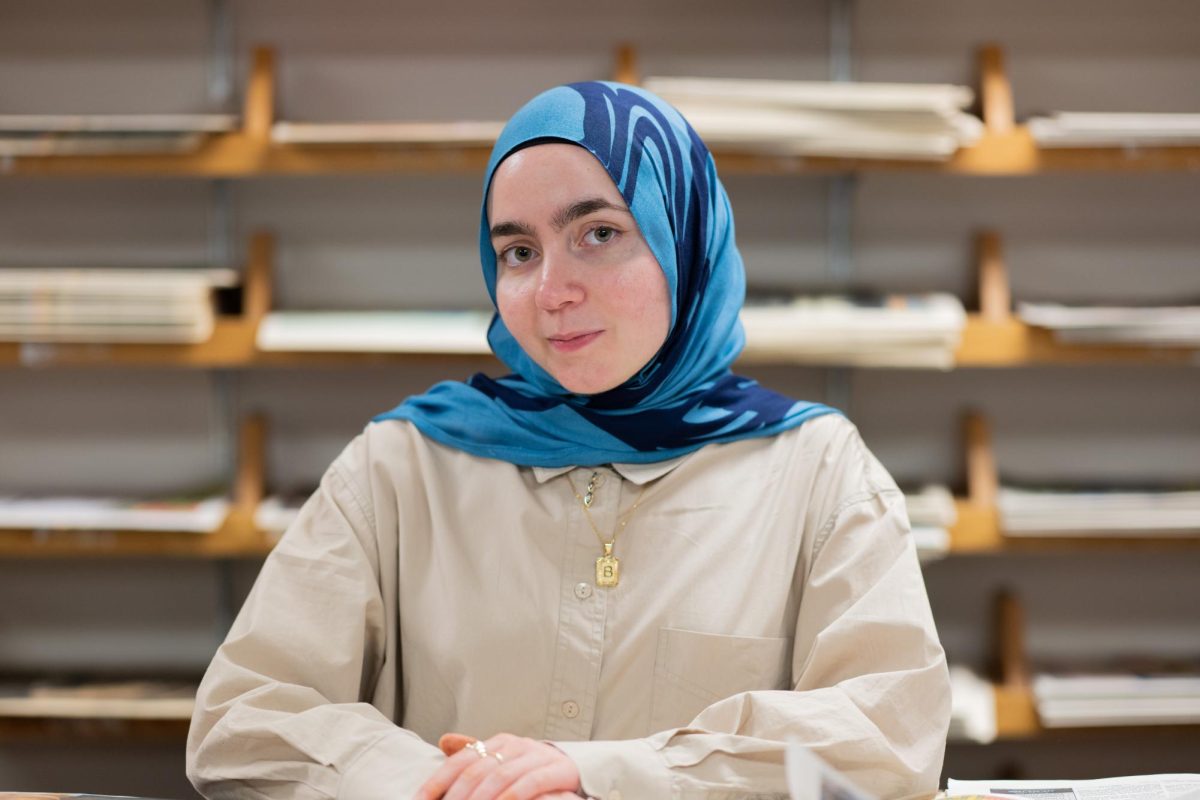Campbell: Cost of space exploration doesn’t have to be out of this world
September 22, 2009
You know that phrase “This isn’t rocket science?” Well, this story isn’t. But it might prove to change the face of the field.
Two MIT students challenged the required expense of scientific experiments, imaging and travel in space.
A user post on iReport.com recently told a brief story of two students, Justin Lee and Oliver Yeh, who successfully put a craft into the upper atmosphere, allowing them to photograph the curvature of the earth.
How much do you think they spent? You’re probably overestimating it. Lee and Yeh spent just less than $150.
The craft — composed of a simple and surprisingly inexpensive weather balloon, a standard camera, some heating pads to keep the camera functioning at the extremely low temperatures of the upper atmosphere and a cell phone — was able to reach 18 miles into the atmosphere before returning to Earth.
The GPS capabilities of the cell phone allowed Lee and Yeh to track the craft as it went up into the atmosphere, took some pictures and then made its way back to Earth.
According to Lee and Yeh’s new website, 1337arts.com, the craft landed some 20 miles from its launch site when the mission — labeled Project Icarus — was complete.
This project will probably remain a curiosity and source of amazement for dreaming science majors nationwide.
But what does this mean for space exploration? It simply reinforces the old dictum that less is more.
It might also suggest that space flight shouldn’t always be as grand and complicated as the storied Apollo missions of old.
Perhaps Lee and Yeh proved that NASA might be better off attempting to keep its projects simpler rather than inching toward the extraordinarily complex.
Space missions might be able to succeed despite a lack of complexity, and they will be more practical with a reduced price tag.
Recent news published by The New York Times suggests that NASA is in deep trouble.
A panel of experts deemed NASA’s current plans of scrapping the space shuttle and developing the new Ares I launching system impractical and unsustainable.
The panel, which President Obama created to present scenarios for future American space exploration, found it difficult to believe that NASA could successfully create a system by which humans could affordably and sustainably explore space.
It found that Ares I, although a good idea when it was initially approved, would prove too costly to reach the ultimate goals of the space agency in the future.
This leads to the prediction that perhaps NASA will begin looking to private industry to augment its development and design capabilities.
Private industry arguably has a significantly larger pool of resources, as well as a larger number of willing investors, and many believe that investing in NASA to a considerable degree is a waste of government money.
Private industry will also bring a fresh perspective to the American space effort and might find a solution to the current quandary of space exploration that will be cheaper and more elegant than any solution NASA has produced.
It’s true that a camera strapped to a balloon and the Ares I missions, designed for deep space exploration, cannot be considered fully equivalent.
But one can perhaps find inspiration in a 20-mile sideways, 18-mile vertical flight, beginning in Massachusetts.
Lee and Yeh could attest to the fact that, with a little spark of ingenuity, anything is possible and that anything, even rocket science, can be inexpensive.







